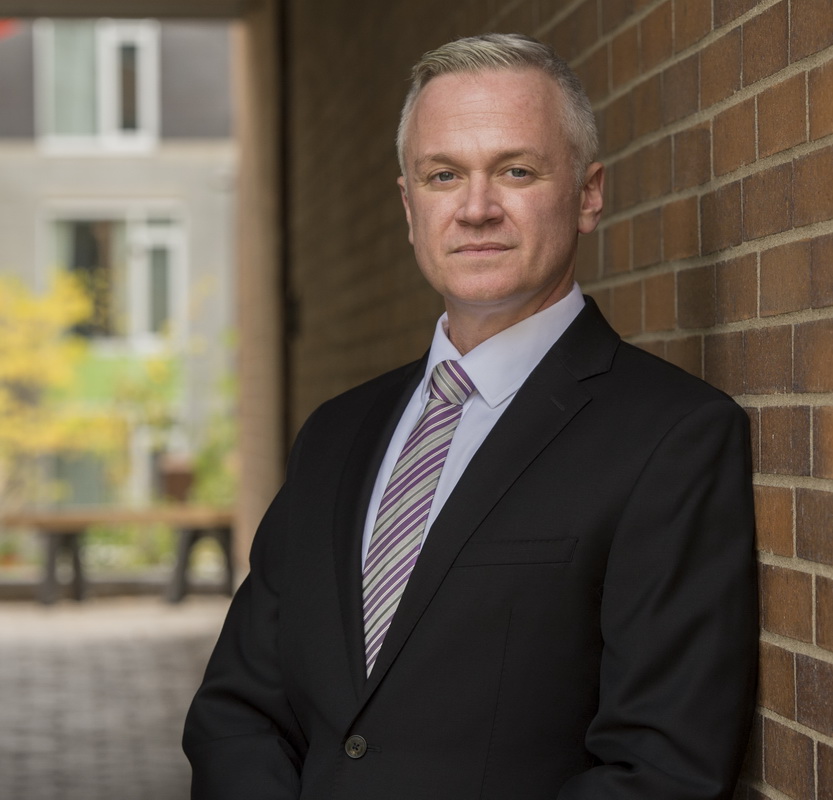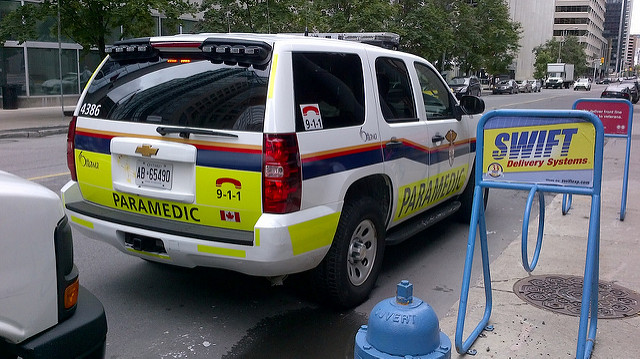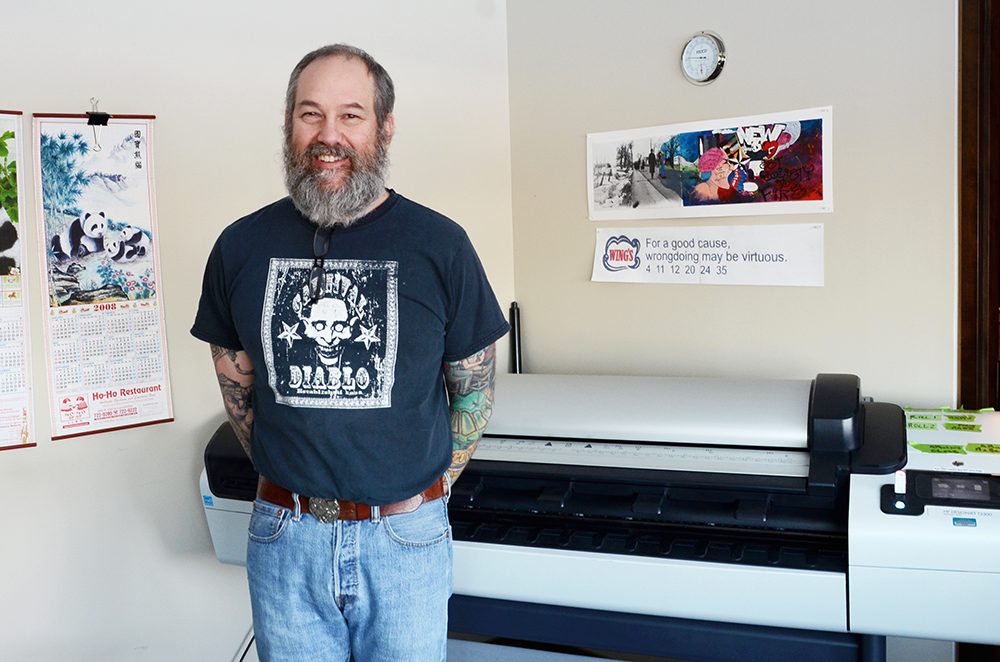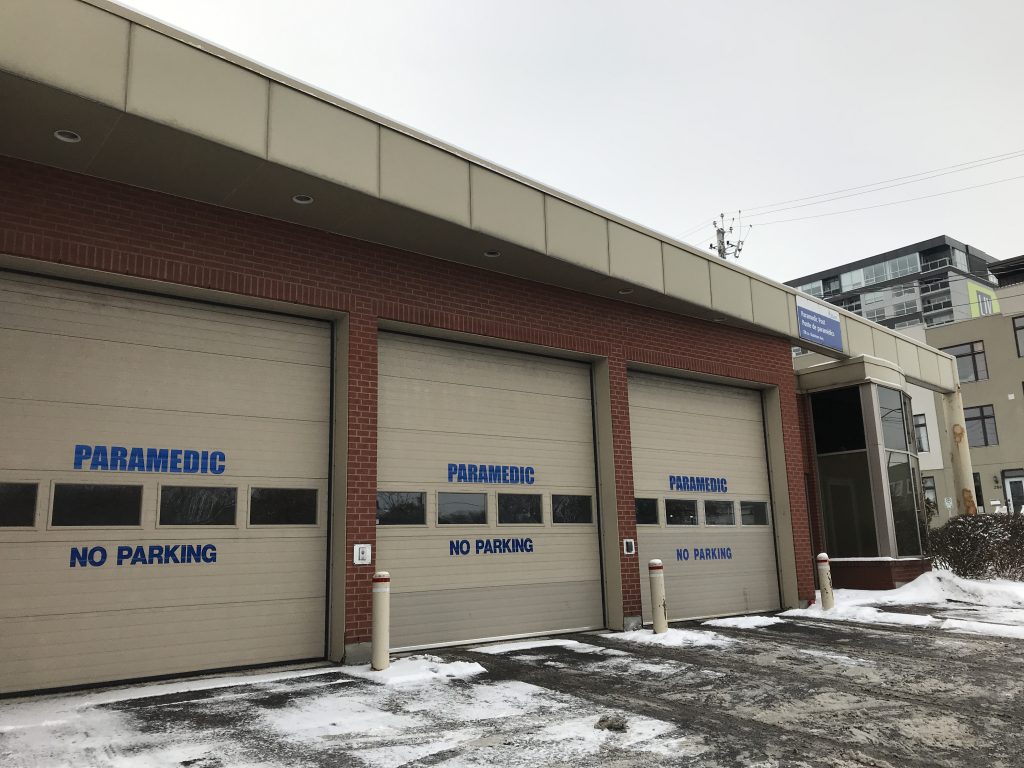
The city has lost over 8 million dollars of provincial funding for the Early Child program this year. To be able to qualify for the funding again the municipality will have to fulfill a list of requirements, such as the inclusion of children with special needs in the activities provided by the program.
Nathalia Padavoni has two small children and has taken them to a playgroup since 2016. She goes to a family centre that is part of the Ontario Early Years Child and Family Centres program at least three times a week. “They have many toys that the kids can play with, they teach music, offer gym time, and I see my children developing new skills. Arthur took his first steps there”, she says.
Padovani decided to stay home while her husband works because paying for a daycare would take most of her salary. “We did the math and figured out it was better for me to stay with the kids. I do not know what I would do if the playgroup did not exist, especially during the winter”.
Other than playgroups for children up to 6-years-old, Ontario Early Years Child and Family Centres offers workshops for parents and caregivers. The program is free of charge and the idea is to provide an environment where families can do activities together. Some of the subjects discussed in the workshops are early child development, parenting skills and pregnancy. At the moment, not all the centres offer the same services, but that is about to change.
In 2016, Education Minister Mitzi Hunter, announced the creation of a new system, which will unify all the services provided. This way, all available services will be accessible in any community family centre.
Before deciding to merge the services, the city organized a series of engagement sessions held with communities around the province to identify priority areas for action. Community representatives pointed, for example, to the lack of public awareness about the Ontario early and child care system and the need to make the services more accessible.
From that point, the city was able to make a list of requirements for the municipalities to follow. They emphasized public awareness, by creating an online system where parents can access information, services and tools. They also developed an approach that will guarantee that culture sensitivity and diversity are built in the activities offered in the program.
To guarantee Ottawa will fulfill the requirements for the new system, the city will now be fully responsible for funding the program and will also be in charge of running it. In the past, most of the funding came from the province. This change represents a 700 per cent increase in the amount of money the city will spend with the program in 2018 in comparison to the previous year. Once the city makes the changes requested by the province they will be eligible for provincial funding again.
None of the councilors in the Social Services committee, in charge for the program, were available to comment on the transition phase or the budget increase. According to the City of Ottawa media relations, the municipality is making all the adjustments this year in order to qualify for provincial funding in 2019.
Media relations forwarded a short email from Jason Sabourin, manager of Children’s Services. “This transition plan has ensured that local service providers will continue to offer the same programming in 2018, while the city continues to work with community partners to develop the new integrated Early ON system in 2019”, Sabourin said.
Padovani says that she feels insecure hearing that changes will be made and not knowing what type of changes are coming. “I hope they will not cut any service,” she said.
In June, the city will present a report to Council with an update on the transition phase.












